What is Basement Waterproofing?
Basement waterproofing is key to home maintenance, often overlooked until problems arise. This process keeps your basement dry by keeping water from entering. As a result, it protects your home’s structure and ensures a healthy living space. Basement waterproofing uses methods to stop water from seeping into your basement. Consequently, these techniques keep moisture out, protecting your property from damage.
Importance of Basement Waterproofing
Basement waterproofing offers several benefits:
- Protects Structural Stability: Protects Structural Stability: It prevents water damage to foundation walls and floors. For example, water in your basement causes cracks, mold, and even structural failure if ignored. Learn more about Foundation Repair to protect your home.
- Enhances Indoor Air Quality: Moisture in basements can lead to mold and mildew, which release spores that cause respiratory issues. Therefore, effective waterproofing creates a healthy living space.
- Protects Valuables: Many people store personal items in basements. Without waterproofing, these valuables risk damage from water.
Types of Basement Waterproofing Methods
There are several methods to keep your basement dry and free from water damage. These methods fall into four main categories: interior waterproofing, exterior waterproofing, drainage systems, and crack injection.
1. Interior Waterproofing
Interior waterproofing involves installing systems inside basement walls or floors to prevent water from seeping in. This method is often used when exterior waterproofing isn’t possible.
- Interior Sealants: Applying a sealant to walls and floors creates a barrier against water. Additionally, it strengthens the overall structure.
- Interior Drainage Systems: These systems collect and push water outside that enters the basement, leading it to a sump pump, ensuring the basement stays dry.
- French Drains: Installed beneath or along the basement’s perimeter, French drains allow water to flow away from the foundation, providing a reliable solution.
2. Exterior Waterproofing
Exterior waterproofing addresses water issues outside the foundation walls before they enter the basement. This method is highly recommended for new constructions or major renovations.
- Excavation and Waterproof Coating: Soil is excavated around the foundation walls, which are then coated with a waterproof barrier, preventing water penetration.
- Exterior Drainage Systems: Installed along the foundation outer walls, these systems collect and redirect water away from the basement, keeping the area dry.
3. Drainage Systems
Drainage systems manage water flow and prevent it from sitting around the foundation.
- Surface Drains: Also known as area drains, surface drains collect surface water runoff and direct it away from the foundation, making sure there is proper drainage.
- French Drains: Can be part of an interior or exterior waterproofing system, effectively redirecting groundwater away from the foundation, protecting the structure.
4. Crack Injection
Cracks in basement walls or floors can serve as entry points for water. Crack injection repairs these cracks, preventing further water infiltration.
- Process: Epoxy or polyurethane resin is injected into the crack, creating a waterproof barrier and preventing moisture from seeping through. Crack injection is suitable for non-structural cracks.
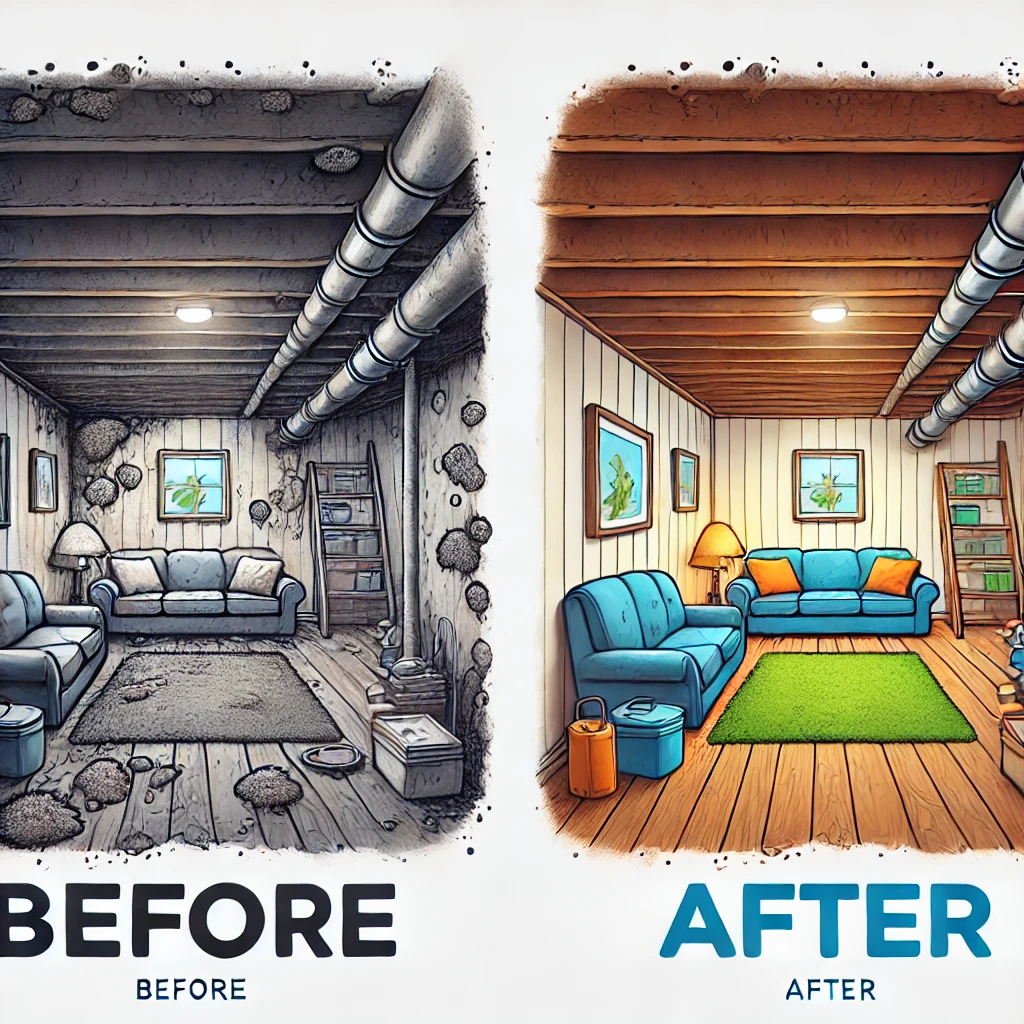
The Process of Basement Waterproofing
Basement waterproofing involves several steps, from inspection and assessment to post-waterproofing maintenance.
1. Inspection and Assessment
The first step is an inspection of the basement. Professionals look for signs of water damage, like dampness, mold, or musty odors. The inspection includes both the inside and outside of the house, assessing factors like grading, gutter functionality, and landscape drainage. For more information on keeping your home healthy, check out our Basement Waterproofing page.
2. Preparation
Preparation involves gathering the materials and tools needed for waterproofing. This includes sealants, waterproof membranes, and drainage systems. High-quality materials ensure effective waterproofing.
3. Waterproofing Techniques
Different techniques are used based on the source of water seepage and the severity of the issue. Techniques include interior waterproofing, exterior waterproofing, drainage systems, and crack injections.
4. Post-Waterproofing Measures
Regular maintenance keeps the system effective. This includes checking for leaks or cracks, cleaning gutters, keeping proper grading around the foundation, and using dehumidifiers.
Benefits of Basement Waterproofing
Basement waterproofing offers several benefits:
- Prevents Water Damage: Protects the foundation and prevents costly repairs.
- Improves Air Quality: Reduces mold and mildew, creating a healthy environment.
- Adds Usable Space: A dry basement can be used for storage or recreation.
- Increases Energy Efficiency: Reduces strain on HVAC systems by keeping moisture out.



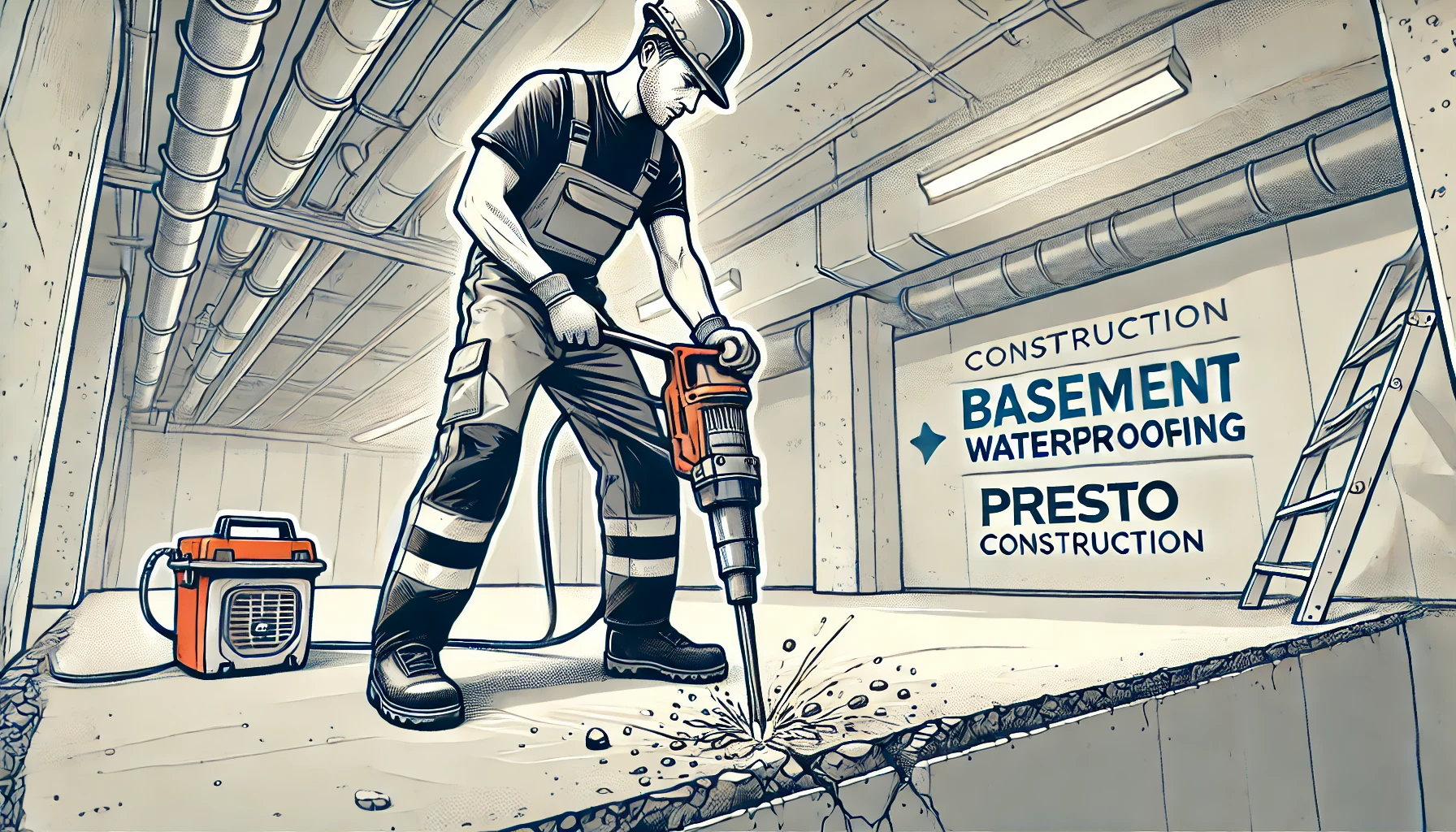
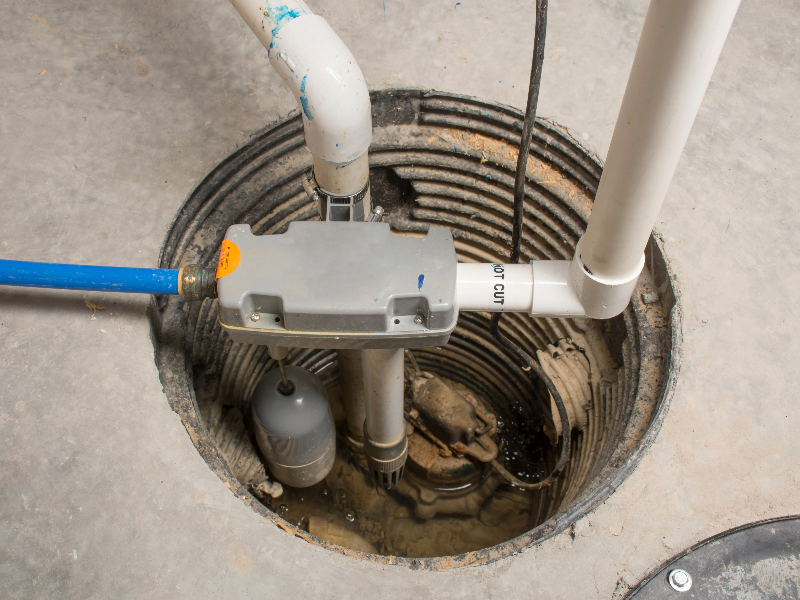
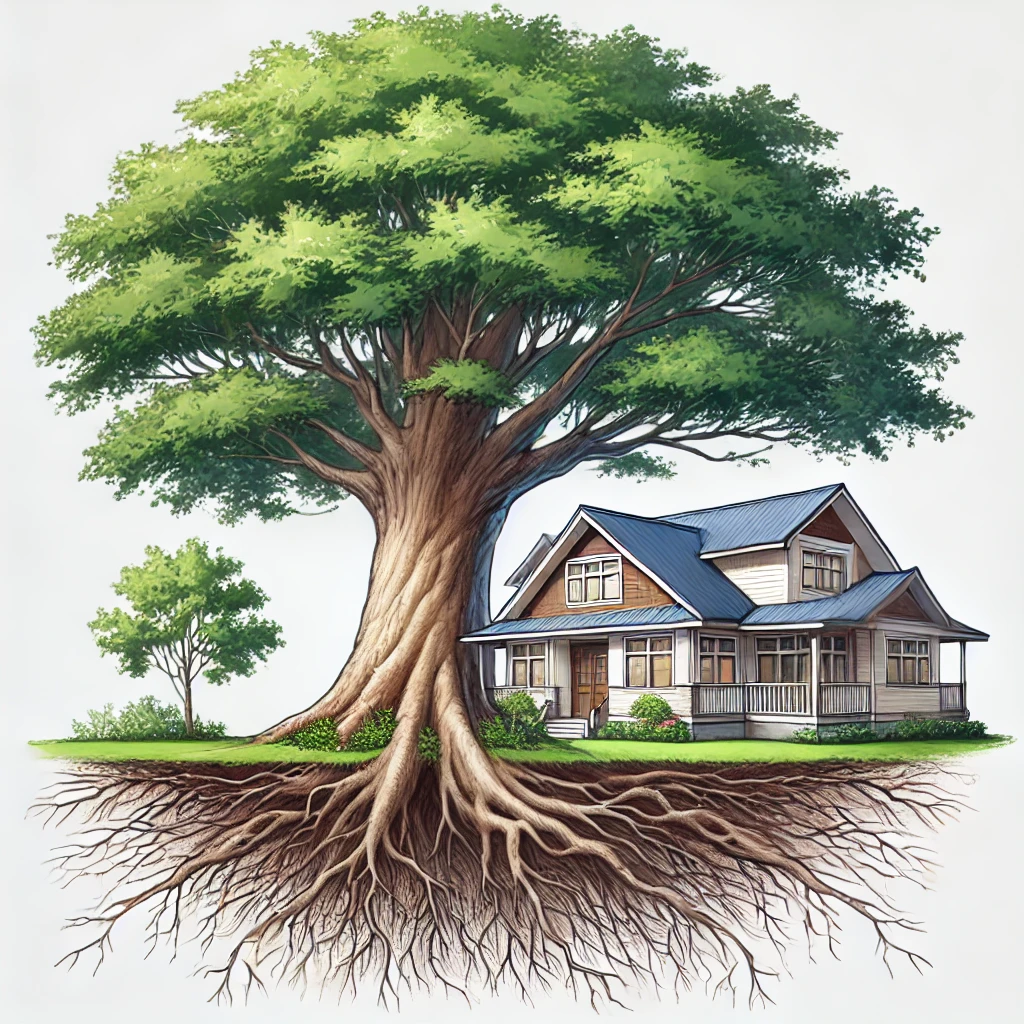
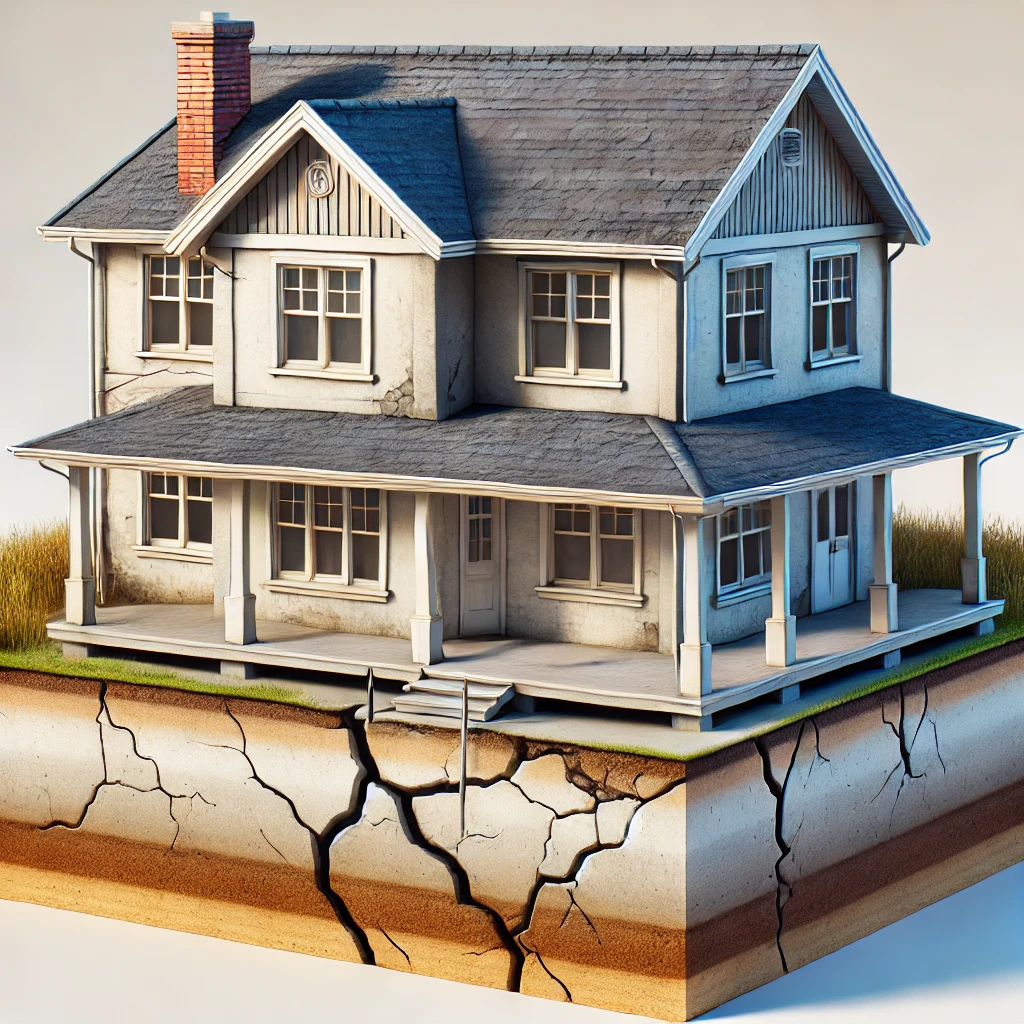
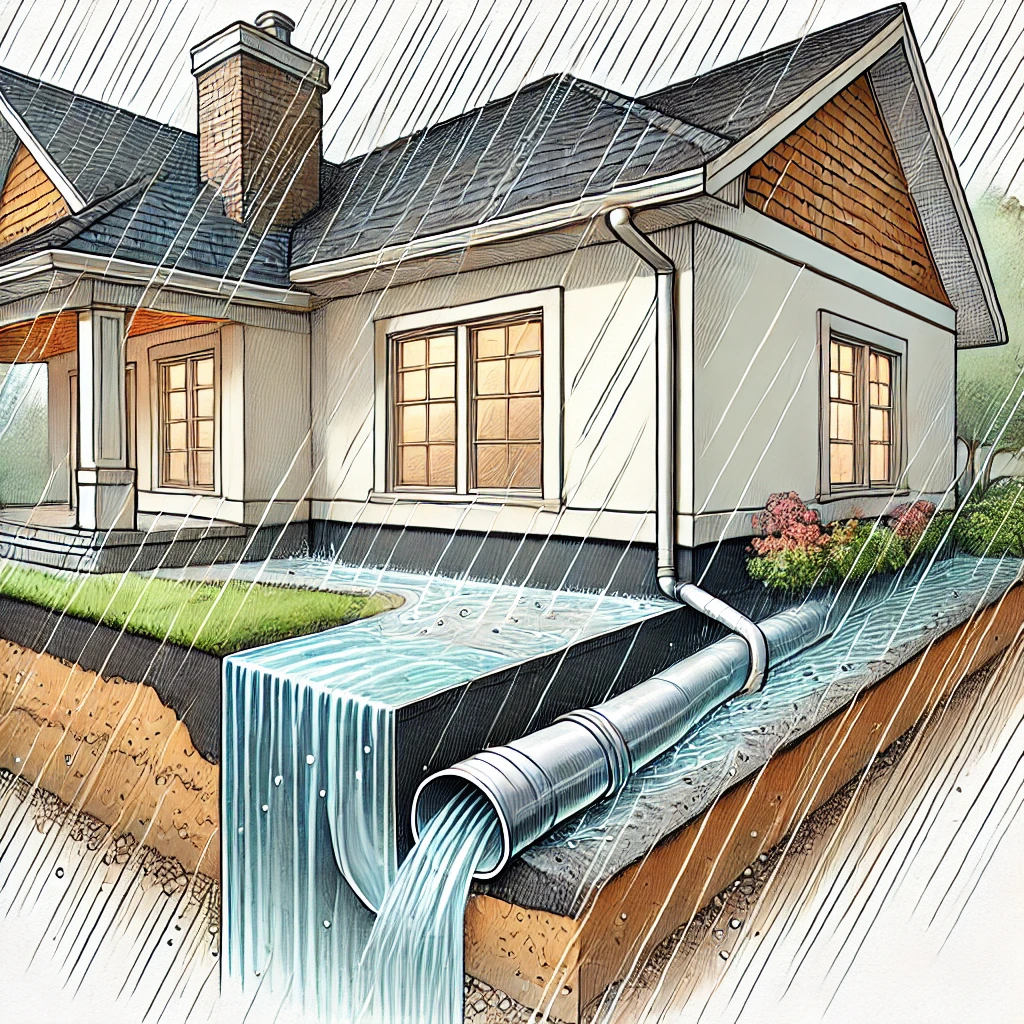

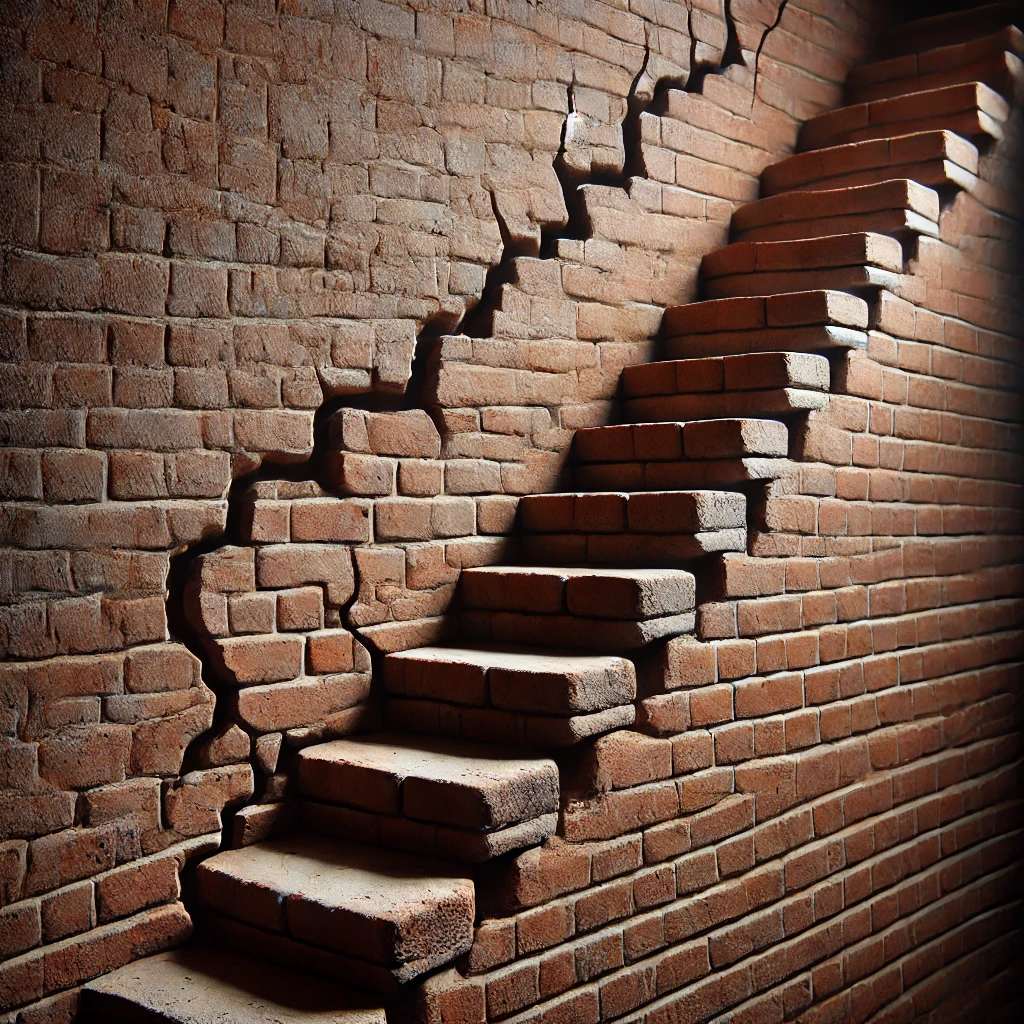
Leave a Reply